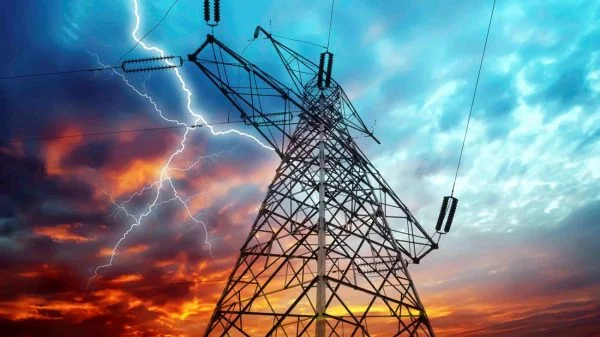Zimbabwe generated 2,418 gigawatt hours (GWh) of electricity in the first quarter of 2025, reflecting a 6.1% increase from the previous quarter — a performance that enabled the country to cut electricity imports by a significant 87.4%. The majority of the power came from the Hwange Power Station, which contributed 69.2% of total output, followed by Kariba South Hydro at 24.3%, according to the latest data from the Zimbabwe National Statistics Agency (ZimStat).
By Ryan Chigoche
This domestic generation surge is being bolstered not only by improved performance at national utilities but also by increasing contributions from the mining sector. Several large-scale mining operations now operate independent or captive power plants, playing a growing role in easing pressure on the national grid.
Zimplats, the country’s largest platinum miner, continues to expand its solar and gas energy portfolio, while Caledonia Mining’s Blanket Mine is feeding power from its 12 MW solar plant, commissioned in 2023, into its operations. These initiatives are part of a broader trend that has seen mining companies invest heavily in energy security to mitigate load-shedding and ensure stable production.
According to ZimStat, the electricity generation index for the quarter was 97, up from 91.4 in Q4 2024, highlighting sustained improvements in power output. This growth significantly reduced Zimbabwe’s reliance on imports, with only 305.5 GWh of electricity imported, down from 487.8 GWh in the previous quarter and 505.4 GWh in Q1 2024.
Import breakdown shows that 34% of the electricity came from South Africa’s Eskom, while Mozambique’s HCB and EDM supplied 37.5% and 10.2%, respectively.
Despite the gains in generation, the total electricity distributed within the quarter stood at 1,544 GWh, a 25.9% decrease compared to the 2,084.2 GWh distributed in Q4 2024. On a year-on-year basis, this was a 23.8% decline from 2,026.4 GWh recorded in Q1 2024. This reflects ongoing challenges in transmission and distribution infrastructure, even as production rises.
The growing role of independent power producers (IPPs) and captive plants in the mining sector is expected to continue shaping Zimbabwe’s power landscape, improving self-sufficiency while supporting key export-driven industries.





